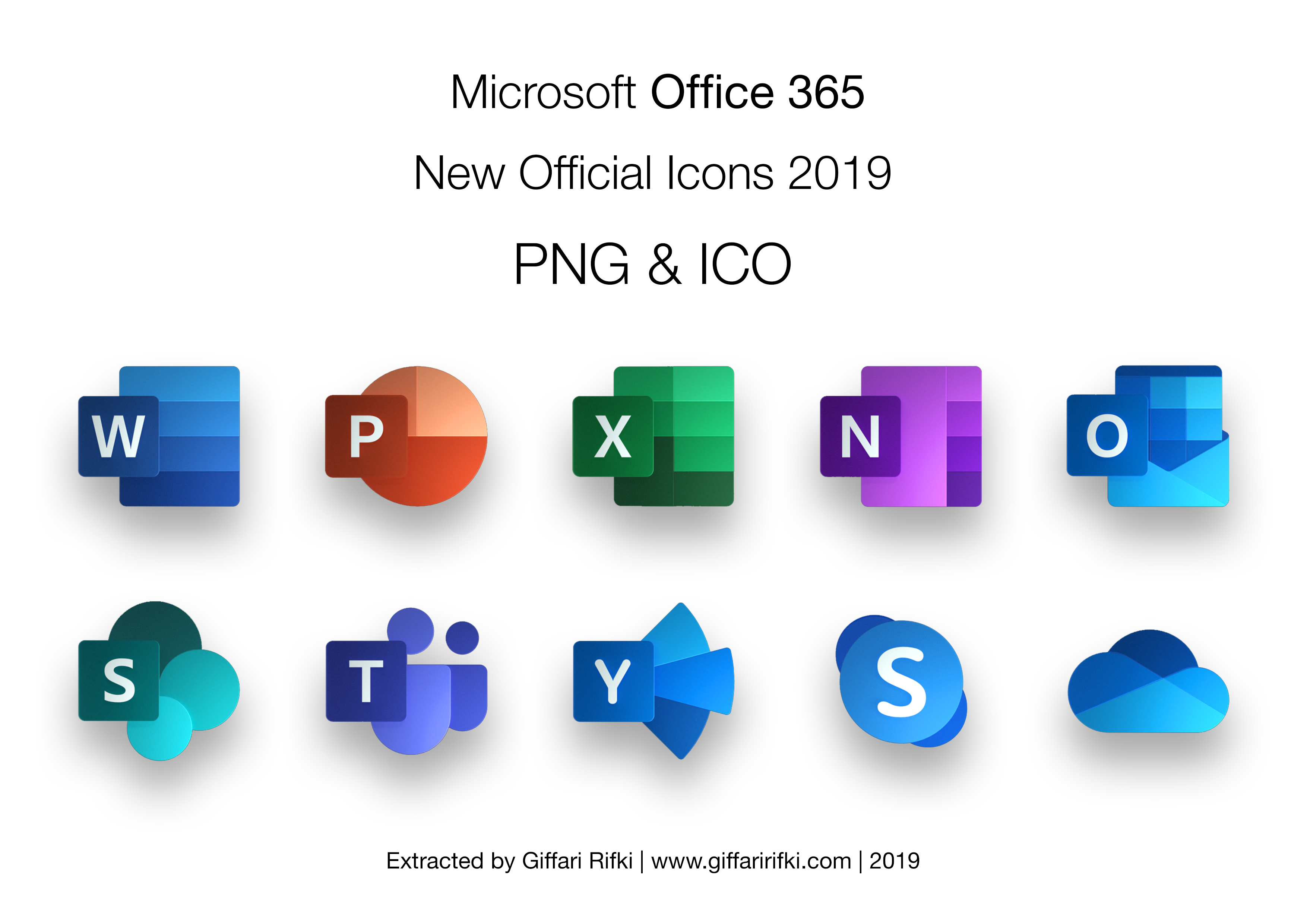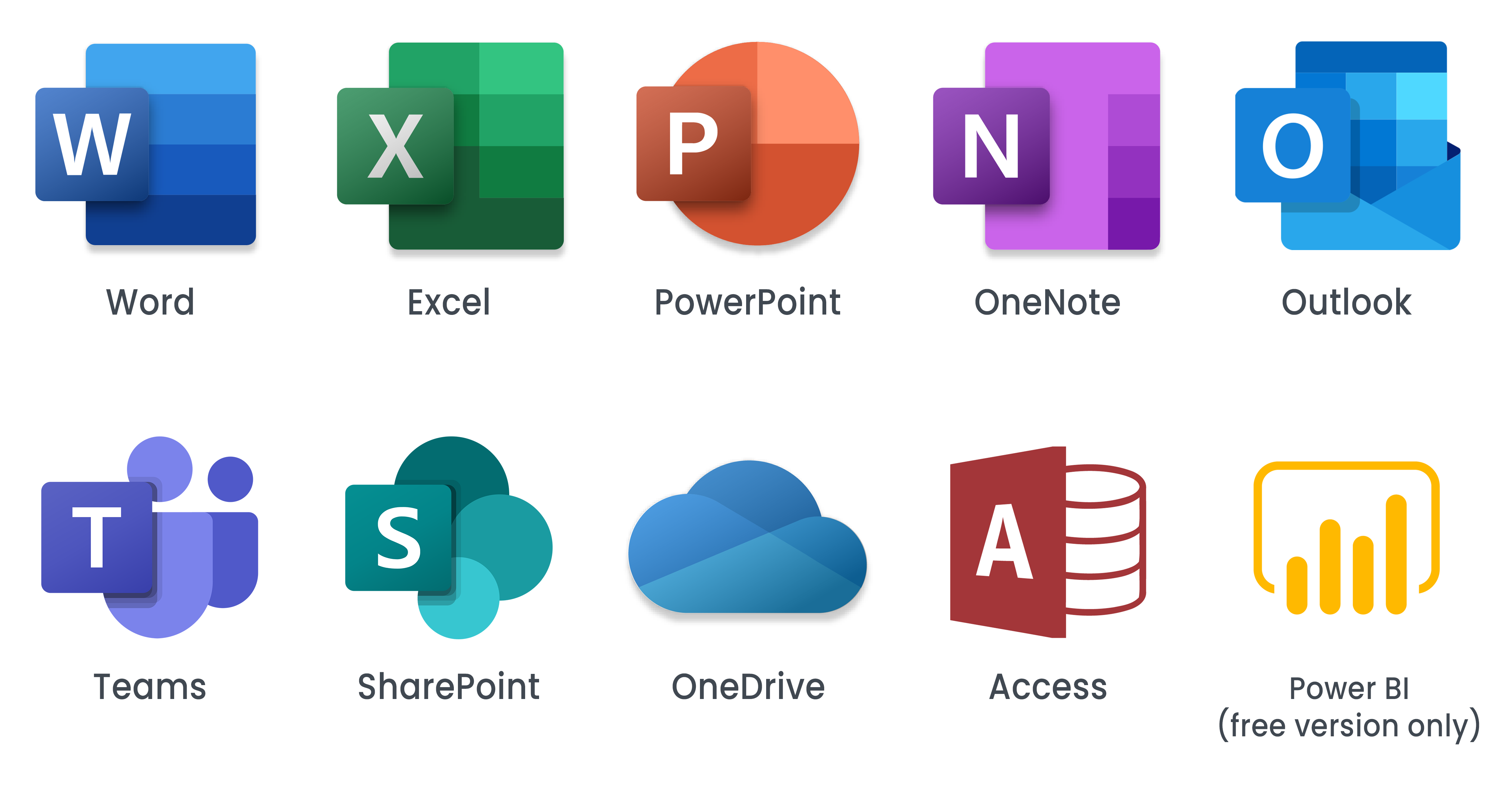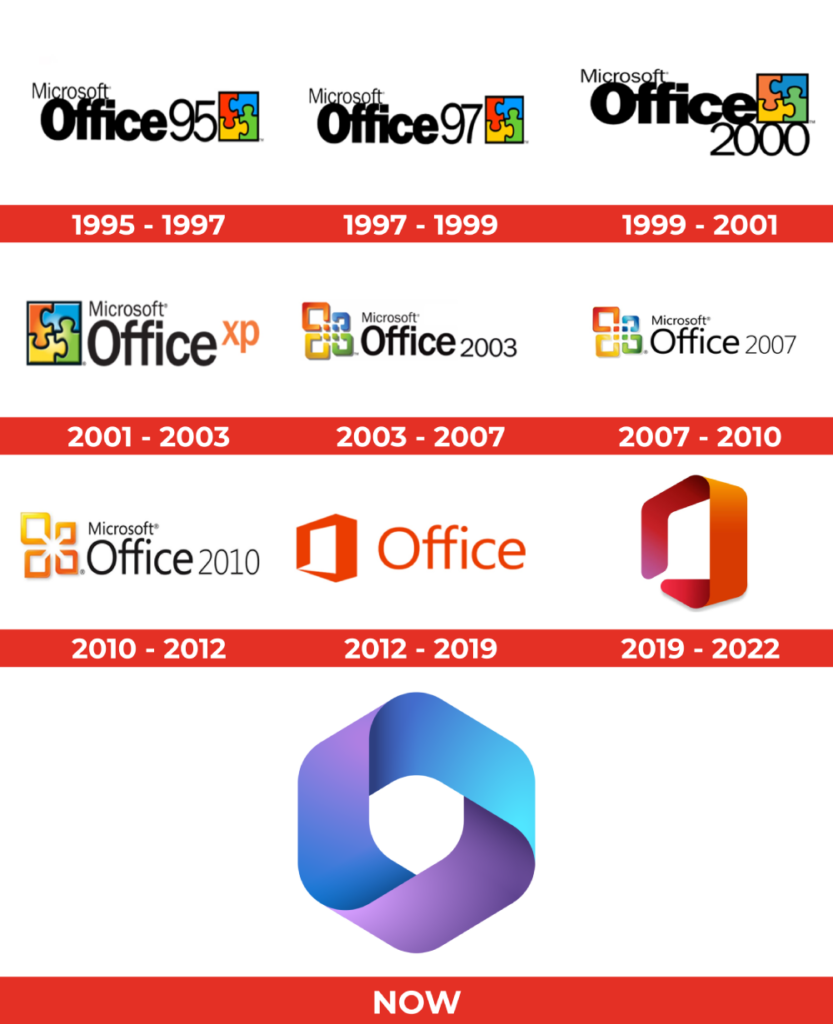Tackling Office Software Lingering Issues - A User's Guide
It's a rather common thing, isn't it, to get a new piece of software and then, well, things just don't quite go as smoothly as you'd hoped? You've got your shiny new Office program, maybe it's Office Home 2024, and you're just looking to get it up and running. Yet, sometimes, there are these little bits that seem to hang around, almost like echoes from past installations or just general quirks that pop up. It can be a bit frustrating, to say the least, when you're simply trying to do your work or manage your personal documents.
You might find yourself, too, with a situation where you've acquired a new version, perhaps Office 2024, which is the most recent perpetual release after Office 2021, and you're just not sure how to get it from the purchase point onto your computer. Or, perhaps, you had an older version that wasn't quite legitimate, and even after removing it, some parts of that old problem seem to stick around. It’s a bit like trying to get rid of a stubborn stain; some marks just want to stay put, apparently.
This whole situation can leave you scratching your head, wondering where to go for help or how to sort out these lingering issues. It’s not always straightforward, figuring out the best path to take when you’re trying to get your digital tools working as they should. We'll talk about some of these common hiccups, the kinds of things that can feel like a bit of a puzzle when you're just trying to use your software, you know?
Table of Contents
- What Are These Office Software Lingering Issues?
- Getting Your New Office Software Onto Your Machine - Facing the Office Residuals
- When Old Problems Persist - The Counterfeit Office Residuals
- Is There a Cost-Free Way to Get Microsoft Office?
- Finding Your Purchased Office Software - Dealing with Download Office Residuals
- How Do Licenses Affect Office Software Residuals?
- Keeping Everything Organized - Managing Your Microsoft 365 Admin Account
- What's New with Office 2024 and Copilot?
What Are These Office Software Lingering Issues?
When we talk about "the office residuals" in this context, we're really thinking about those bits and pieces that remain or cause trouble even after you think you've sorted things out with your Microsoft Office programs. It's not about what actors get paid, but rather, what happens when software doesn't quite behave as expected. For instance, you might have just picked up Office Home 2024, and the very first hurdle is simply getting it onto your computer. You're looking for where to click, where to go, and sometimes, those official directions seem to lead to dead ends, which is just a little frustrating, honestly.
Then there are times, too, when you've had an older version, maybe something that wasn't quite legitimate, and even after removing it, some kind of message or warning still pops up. It's like a ghost in the machine, a lingering reminder of what was there before. These sorts of things can make it hard to feel confident that your new, legitimate software is truly clean and ready to go. It’s almost as if the old software left behind a little piece of itself, causing these sorts of office residuals to show up.
These issues can range from difficulty finding the correct download links for specific versions, like Office 2021 Professional Plus, to questions about how licenses work when you've purchased something. Sometimes, people are just looking for ways to get the basic tools for free, perhaps with an existing account, and they wonder if they need to create a whole new one. All these little points can feel like a bit of a maze, and honestly, they can really slow down your ability to get to work. We'll look at some of these specific scenarios, you know, to help make things clearer.
Getting Your New Office Software Onto Your Machine - Facing the Office Residuals
So, you've just acquired Office Home 2024, and you're ready to get it set up. You might be wondering, "Okay, I've got this, but how do I actually get it onto my computer?" It's a pretty common question, as a matter of fact. People often find themselves going to what they think are the right places, like official Microsoft sites, only to find that the links don't quite lead to what they expect. It’s like being given directions that send you in circles, which can be a bit confusing, honestly.
This is where some of the first "office residuals" can appear, not as a problem with the software itself, but with the process of obtaining it. You might have purchased it from a place like Amazon, and then Microsoft tells you to go here and there, but those paths don't seem to work out. It's a bit of a hunt, just to find the correct spot to grab the installation files. Sometimes, people are looking for specific application links, like for Publisher, OneNote, Project, Visio, Excel, or Access, or even versions for Mac OS X, and those can be a bit tricky to locate, too.
The good news is that Office 2024 is indeed available for both Windows and Mac operating systems, and it's meant to take the place of Office 2021 as the next version you own outright, rather than subscribing to. It comes with some rather nice improvements, which is great. But the initial hurdle of getting it downloaded and set up can feel like a bit of a task, especially when you're just trying to get started. Finding those direct links, or knowing where to input a product key to begin the process, can sometimes feel like a bit of a challenge, you know?
When Old Problems Persist - The Counterfeit Office Residuals
Imagine this scenario: someone had an older version of Office, say Office 2016, on their laptop, and it turned out to be a copy that wasn't quite legitimate. So, the right thing to do is to get rid of that program, and then they go and purchase a proper, authorized version, like Microsoft 365 Personal. You'd think, wouldn't you, that once the old, unauthorized program is gone, all traces of it would disappear? But sometimes, that's not quite the case.
This is a pretty clear example of "the office residuals" at play. Even after the old program has been removed, when you open something like Word, a warning about the 2016 counterfeit version might still pop up. It's like an old message that just won't go away, even though you've done everything right to fix the situation. This can be rather annoying, and it makes you wonder if the new, legitimate software is truly installed correctly or if there's still some lingering issue causing trouble.
These kinds of persistent messages can be confusing and make you question whether your new purchase is working as it should. It's a situation where the past seems to cling to the present, even when you've made an effort to clean things up. Dealing with these sorts of leftover warnings or error messages often requires a bit more than just uninstalling; sometimes, you need to dig a little deeper to ensure all the old bits are truly gone. It’s a bit like having a recurring dream, you know, even after you’ve woken up.
Is There a Cost-Free Way to Get Microsoft Office?
A question that pops up pretty often is about getting Microsoft Office 365 for free. People might already have an account, and they wonder if they need to set up a completely different one just to access the applications without paying. It’s a very common thought, especially when you just want to use the tools without an extra expense, you know?
The good news is that, yes, there are ways to work with Microsoft Office documents without paying for a full subscription. You can collaborate for free using the online versions of Word, PowerPoint, Excel, and OneNote. These are typically available right in your web browser. You can save your documents, spreadsheets, and presentations online, usually within OneDrive, which is pretty handy for keeping everything accessible from different devices. It’s a way to get some work done without having to purchase a whole suite of programs, apparently.
So, while you might not get every single feature that comes with a paid desktop version, these online tools offer a lot of functionality for everyday tasks. It’s a pretty good option for many people who just need to create, share, and work together on documents without a big investment. This helps to address some of the questions about getting access without a direct purchase, which is a common concern for those looking to avoid any "office residuals" related to unexpected costs.
Finding Your Purchased Office Software - Dealing with Download Office Residuals
Let's say you've gone ahead and purchased "Office 2024" from a place like Amazon. The next step, naturally, is to get it onto your computer. But sometimes, people find themselves in a bit of a pickle, as Microsoft's instructions to download the software seem to lead to dead ends. It's a situation where you've paid for something, but actually getting your hands on the digital files feels like a bit of a treasure hunt, which can be rather annoying, honestly.
This is another area where "the office residuals" can manifest, not as a problem with the software itself, but with the process of acquiring it. You're trying to find where to download it, and the paths given don't quite work out. It's important to remember that for many Microsoft products, you usually sign in with your Microsoft account and then enter a product key to start the process. For help, people are often directed to a support page, which is a good place to begin if you're stuck, you know?
The key here is often making sure you're signed into the correct Microsoft account that's linked to your purchase. Sometimes, the confusion comes from having multiple accounts or not being sure which one is associated with the product key. Once you're signed in and the key is accepted, the download options usually become available. It’s a bit like finding the right key for a locked door; once you have it, things open up, apparently.
How Do Licenses Affect Office Software Residuals?
Understanding how software licenses work is pretty important, especially when you're dealing with different versions of Office. For example, if you're trying to get Office 2016 Pro, there's usually a bit of explanation needed about how the licenses are set up. It’s not always as simple as just buying a program and installing it; there are often rules about how many computers it can go on, or if it's a subscription or a one-time purchase. This can definitely contribute to what we're calling "the office residuals" if there's confusion.
Usually, if you've purchased a version of Office, that purchase comes with specific rights to use the software. For instance, a perpetual license, like Office 2024, means you own that version outright and can use it indefinitely on a set number of machines. A subscription like Microsoft 365, on the other hand, means you pay regularly to use the software, but you often get continuous updates and access to more features, and sometimes it can be installed on multiple devices. Knowing the type of license you have is pretty crucial, you know?
Confusion about licenses can lead to issues where the software doesn't activate correctly, or you get messages about needing to purchase a license, even if you think you already have one. These sorts of problems can feel like lingering issues, or "office residuals," that prevent you from using your software smoothly. It's often a matter of ensuring the license key is correctly applied to your Microsoft account, or that you're signed in with the account that holds the active subscription. It’s a bit like making sure your ticket matches your seat at a concert, really.
Keeping Everything Organized - Managing Your Microsoft 365 Admin Account
For those who use Microsoft 365, especially in a work or school setting, managing everything can be a bit of a task. Signing into your Microsoft 365 admin account is where you go to handle users, subscriptions, and various settings. It’s the central hub for keeping track of who has access to what, and making sure everything runs smoothly for a group of people. This is pretty important for avoiding any administrative "office residuals" that might pop up from unmanaged accounts or expired subscriptions.
This admin portal is also where you can usually get a good overview of your active licenses and make changes as needed. For example, if someone leaves a team, you can remove their access, or if new people join, you can set them up. It’s about keeping things tidy and ensuring that everyone who needs access has it, and those who don't, don't. It's a pretty powerful tool for keeping things in order, you know?
Beyond the admin side, for individual use, simply signing into your Microsoft account is often the first step to access your applications. Whether it's Word, PowerPoint, Excel, or OneNote for collaboration, or even Outlook for managing your email efficiently, your account is the gateway. It's how Microsoft knows you're you, and that you have the right to use the software you've acquired. It’s almost like your digital passport to the world of Office tools, apparently.
What's New with Office 2024 and Copilot?
Office 2024 is the latest perpetual version of Microsoft Office, meaning it's a one-time purchase rather than a subscription. It takes the place of Office 2021 and comes with some rather nice improvements and enhanced features. People were reading that Office 2024 LTSC (Long-Term Servicing Channel) was released, which is typically for specific organizational needs, but the standard consumer version is also out there. This new version aims to give users a more capable set of tools, which is pretty exciting, honestly.
Then there's the Microsoft 365 Copilot app, which used to be just called Office. This application is designed to bring together all your favorite apps in one place, allowing you to create, share, and work together. The big news with this app is the inclusion of Copilot, which is a new assistant feature. It’s meant to help you with your tasks within the apps, making things a bit easier and perhaps even faster. It's a way to get more out of your software, you know, by having a helpful hand right there.
This integration means you can access all your apps and content from one spot, whether it's for work, school, or just personal use. It’s about making the process of creating, sharing, and collaborating more fluid and less fragmented. So, while we've talked about "the office residuals" as lingering problems, these new features like Copilot are really about making the software experience more seamless and less likely to create those kinds of frustrating little issues in the first place. It’s a pretty big step in making things more user-friendly, apparently.

Microsoft office 365 school download - kotisurvey

Microsoft 365 | Office of Information Technology (ITO) - HKBU

Microsoft 365 - CeilidhShelby